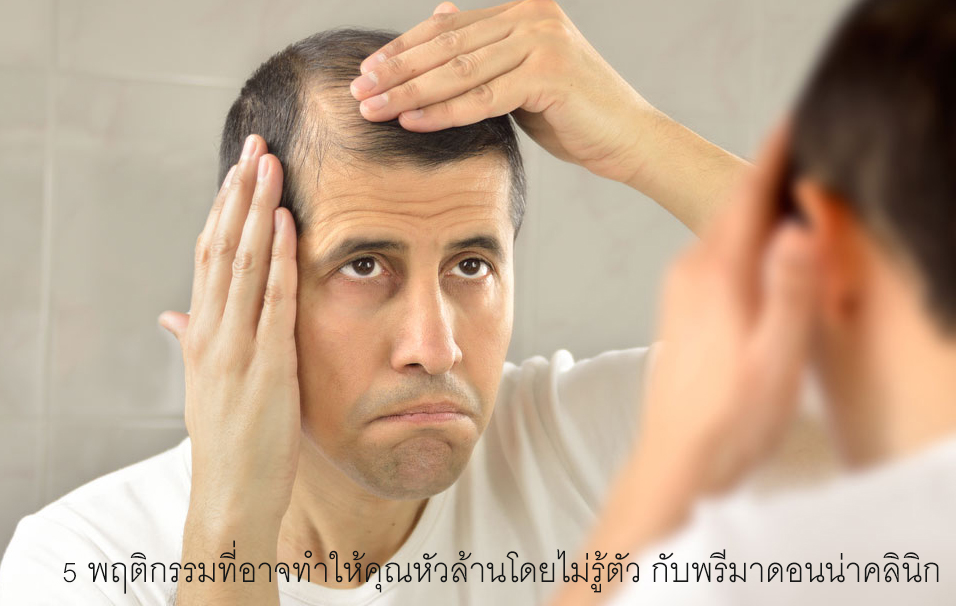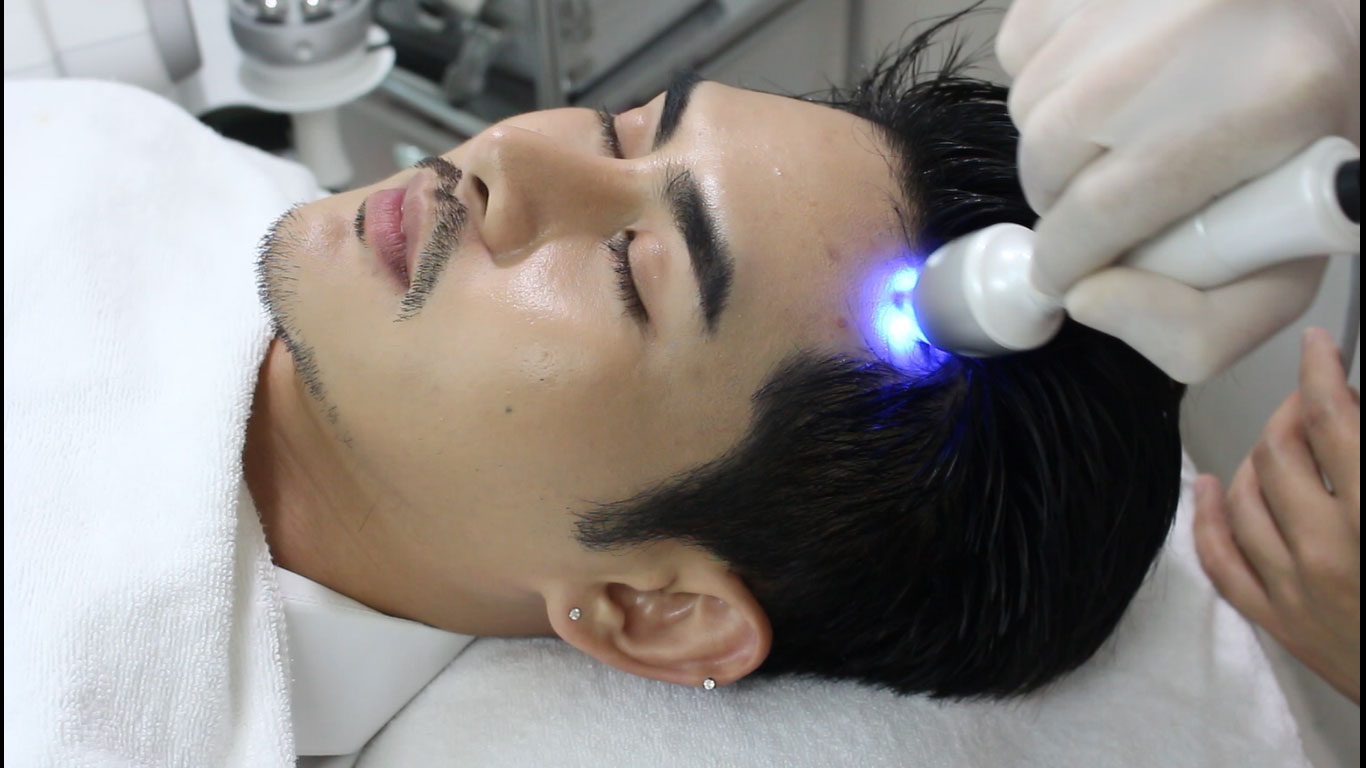What Is Hair Loss (Baldness)?

What Is Hair Loss (Baldness)?
What Is Hair Loss (Baldness)?
A normal scalp sheds about 25 to 100 hairs per day. An increased rate of hair shedding or development of bald areas on the scalp constitutes hair loss disorder, which is also known as alopecia.
What Causes Hair Loss?
The causes of hair loss include:
- Abnormal hair cycling
- Aging
- Burns
- Change in hormones
- Deficiency in iron or protein intake
- Excess vitamin A intake
- Family history of baldness
- Illness
- Infection or inflammation of the scalp
- Protein or iron deficiency
- Rapid weight loss
- Trauma
- Untreated ringworm of the scalp
However, hair loss is not caused by the following:
- Poor circulation to the scalp
- Dandruff
- Excessive hat-wearing
Generally, the earlier hair loss begins, the more severe the baldness will become.
Treatment for Hair Loss
Most forms of baldness have no cure, especially if a person has total baldness. Some types of baldness will disappear on their own. Treatment may include:
- Certain medications to promote hair growth (such as minoxidil and finasteride)
- Corticosteroid injections (when treating alopecia areata)
- Treating any underlying condition or disease
- Hair transplants
- Scalp reduction
- Skin lifts and grafts
What Is Hair Replacement Surgery?
We offer several hair replacement techniques at UCLA Dermatology, although hair replacement surgery cannot help those who suffer from total baldness. Candidates for hair replacement must have a healthy growth of hair at the back and sides of the head. This hair will serve as hair donor areas where grafts and flaps will be taken.
We offer four primary different types of hair replacement methods:
- Hair transplantation: During hair transplantation, the surgeon removes small pieces of hair-bearing scalp from the back or sides of the head to be used as grafts. These grafts are then relocated to a bald or thinning area.
- Scalp expansion: In this procedure, a device called a tissue expander is placed underneath a hair-bearing area that is located next to a bald area. After several weeks, the tissue expander causes the skin to grow new skin cells. Another operation is then required to place the newly expanded skin over the adjacent bald spot.
- Flap surgery: Flap surgery is ideal for covering large balding areas. During this procedure a portion of the bald area is removed and a flap of the hair-bearing skin is placed on to the bald area while still attached at one end to its original blood supply.
- Scalp reduction: Scalp reduction is done in order to cover the bald areas at the top and back of the head. This technique involves the removal of the bald scalp with sections of the hair-bearing scalp pulled together filling in the bald area. This can be performed alone or in combination with hair transplantation.
Possible complications associated with hair transplantation procedures may include the following:
- Patchy hair growth: Sometimes, the growth of newly placed hair has a patchy look, especially if it is placed next to a thinning area. This issue can often be corrected by additional surgery.
- Bleeding or wide scars: Tension on the scalp from some of the scalp reduction techniques can result in wide scars or bleeding.
- Unsuccessful grafts: Occasionally, there is a chance that the graft may not "take." If this is the case, surgery must be repeated.
- Infection: As with any surgical procedure, there is the risk of infection.





